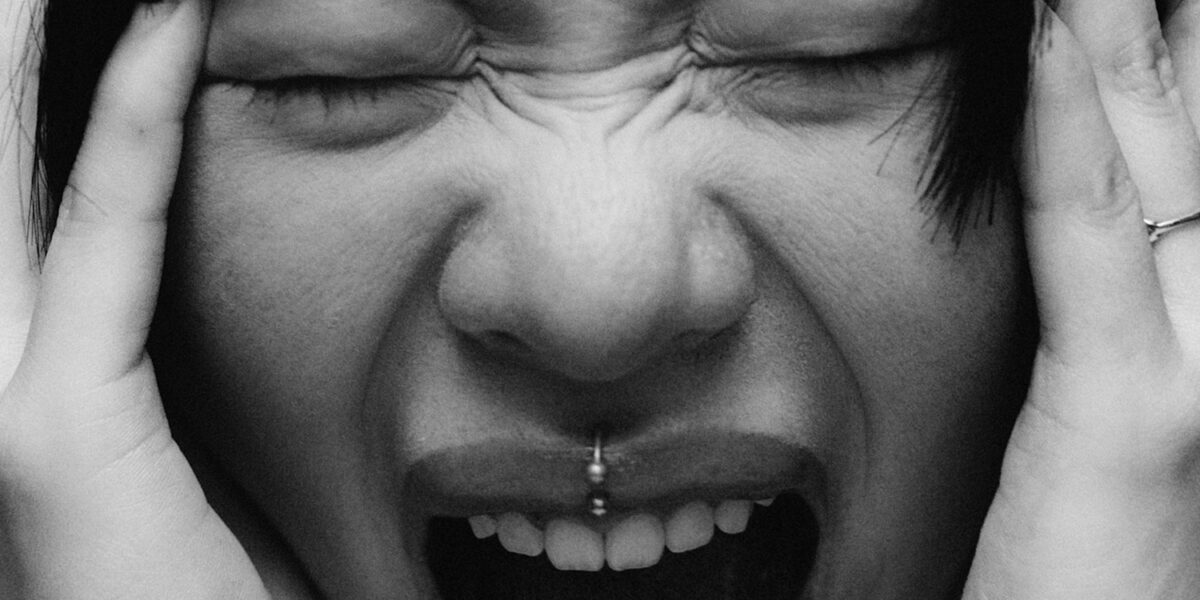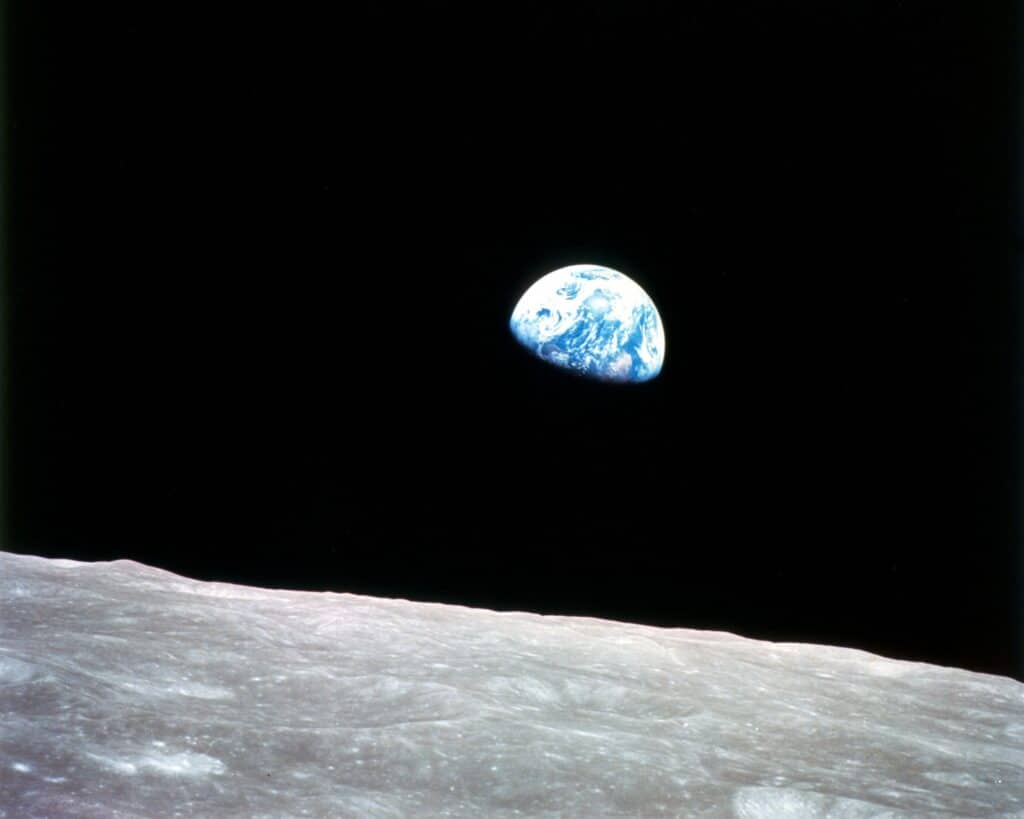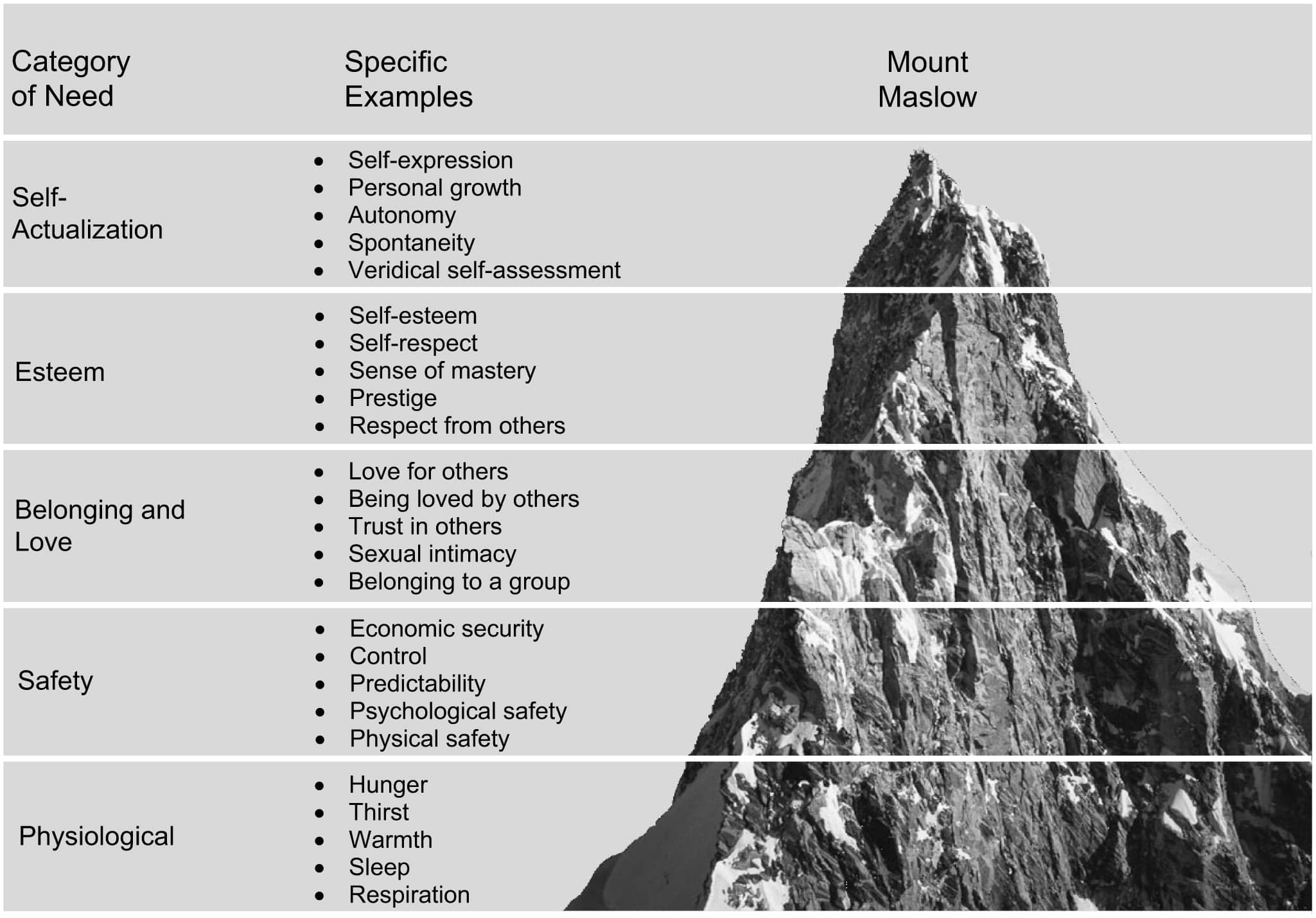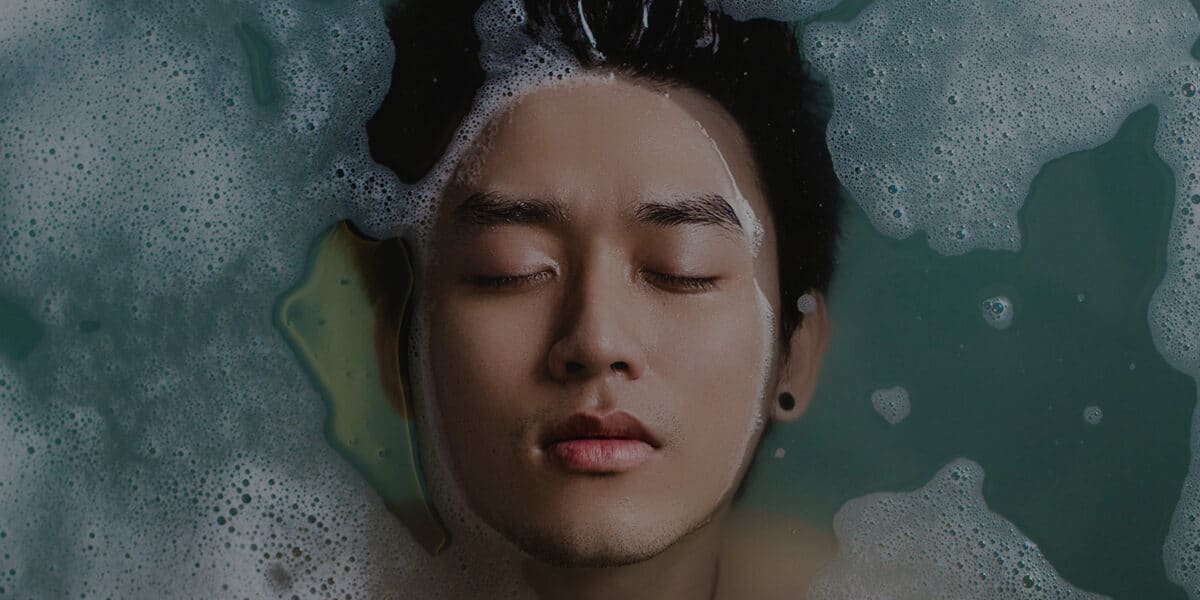Culture has a way of cherry picking its defining concepts. The portrait of the American cowboy has undoubtedly shaped America’s national identity, not only in mythology and media, but in its brands, its games and its politics. Such an enduring image must have deep roots in the very genesis of a nation, right?
The truth is the era of cowboys was short lived, and they roamed the American landscape for a brief 20-30 years before barbed wire and private property laws made them obsolete.
Cowboys, but also beatniks, the Oregon Trail and the nuclear family are proof that the most impactful concepts of our culture are often the most fleeting, and yet for some reason they are still strong enough to anchor down the most vital parts of our collective identity.
That’s because whether we’ve lived it or not, or whether we’ve known it or not, we have a deep emotional connection to the cowboy and its peers which keeps them beating and alive within us. We remix, engender, and nurture it within each new generation.
But it’s hard to imagine what the emotional anchor of the past decade will be in hindsight. Will it be January 6th, celebgate, social distancing, any number of wars, millennial burnout, Greta Thunberg, or the year of the girly?
I doubt most, if any, of those will make the cut despite how resounding they may have felt at the time. Aside from the fact that culture has become so bloated, fractured and subsequently stuffed into echo chambers, we have also endured so much upheaval that the nature of our connection to the past is changing, and with that change, our emotional anchors have begun to dissolve.
There are a couple reasons for this. First, histories exist because memories are shared among people. It’s why when a close friend dies, people often describe the loss akin to losing a part of their own pasts. If there isn’t someone else in the world that can attest to, relive and celebrate that history with you, it starts to feel less real.
You could say the same thing is happening on a much larger scale in our culture. There’s a multitude of familiar factors pushing us all into different histories, from misinformation to identity politics, and as a country, there is less and less of a singular timeline that the majority of us can agree on.
But a second, and perhaps more important, reason relates to how the brain changes when it experiences a sustained period of chaos.
We’ve lived through an unprecedented amount of change in a short period of time – not just technological, but political, environmental, social, and personal – and extended periods of stress and accelerated change don’t just warp our sense of time, they crumble it.
Any sense of emotional connection to the anchors that made us become so taught that they finally snap.
This is the most apparent in our own histories and personal anchors. The inside jokes, the 15-year old TV satire that felt like home, the social dance trend, the “Yes we can”, the Netflix moment shared by a nation, and maybe even the loaves of sourdough no longer feel like parts of our personal chronologies. They instead feel foreign, as if they’ve broken off of our timelines.
When #liminalspaces and #nostalgiacore became trends over the past couple of years, it wasn’t just the sense of longing that made them arresting aesthetics. It was the disembodiedness of it all. Archival images without context, jump cuts without story, vibes without meaning. These visual experiences were, above all else, about disconnection.
This feeling of estrangement from the past is broadly called temporal disintegration, and it’s a unique loss that goes beyond the boundaries of healthy, personal growth.
It’s the sudden realization that a series of acute experiences has made the comfort of our own pasts emotionally inaccessible. When so much life happens in so little time, the anchors behind us no longer hold. We lose the emotional connection. It’s hard to even access who we were in those moments – moments that now feel like remembering a stranger instead of an old version of ourselves.
It also makes nostalgia a tricky thing to capitalize on. As Vulture journalist Lux Alptraum said of 2022’s Pam & Tommy, one of the many nostalgia-hacking shows of the past few years, “When we watch Anderson and Lee now, it’s not the sex that’s startling. It’s their innocence.” It’s impossible to emotionally access parts of our past when our sense of time has become severed in so many places.
But the loss of our past is only half of the story. While our sense of history has been disintegrating, any clarity into the future has also started to evaporate.
We already know that uncertainty awaits us on the horizon. It always has to some degree, but what’s startling is the fact that more than ever, we are struggling to connect to our own futures, even if it’s just a few years ahead.
People are impulse spending no matter how high interest rates and cost of living go, baffling economists and financial advisors. The very human reasoning behind it all tells us what economic principles can’t: consumers don’t fear regretting purchases. They fear regretting not making purchases.
“It’s not a regret-filled, spur-of-the-moment decision. It’s the opposite of that, where I would regret not having done it,” according to Michael Liersch, Head of Advice & Planning at Wells Fargo. When we don’t see a clear future, we can’t assess if or how to save for tomorrow.
Meanwhile, the belief systems that have compelled us to invest in the future since the dawn of America are also being upended. People on the corporate ladder saw their friends get rich in the YOLO economy of crypto, trading, startups and social media influencing. Even though we’re in more sobering circumstances now, a certain mentality has stuck per Kevin Roose who called it, “a deeper, generational disillusionment, and a feeling that the economy is changing in ways that reward the crazy and punish the cautious.”
From AI and COVID, to heightened tribalism and perceived loss of security, the pace of change that has separated us from the past is also what alienates us from the future. In her article How To Live on the Precipice of Tomorrow, author Rose Eveleth describes what happens when we compulsively try to predict what stands before us in a time when both the signals and the noise have grown exponentially.
Standing at the edge of the precipice is thrilling, but “if you’re forced to stand there, lean over it constantly, something else happens. There’s an exhaustion and a numbness. It’s like you’re listening to a song that just keeps building and building and building. And you’re waiting for the beat to drop, and it just doesn’t. That level of frenetic, anticipatory energy simply isn’t sustainable.”
Our strongest sense of self comes from a sense of time. Who you are right now is a triangulation of who you’ve been and who you will become. Without knowing your past and future, it’s hard to know your present.
That is where we are today, stuck in the eternal now.
Gabor Mate tells us that loss of self is the essence of trauma, and I think that’s a fair way to characterize what the eternal now feels like for many. A sense of self is tenuous when you don’t know what direction to look in. All that is left is the present. The ephemeral, hard-to-grasp present is all we have to define ourselves by.
And all of this now brings us to the matter of brand.
I’ve been feeling for a while that the forms of branding that dominated the past decade – namely lifestyle, aspirational, and heritage branding – have lost their gravitational pull. Something about these branding modalities fails to fully connect on an emotional level in the present day. They do not spark the feelings of joy, hope, potential or integrity that they once did.
The eternal now explains this transition. Lifestyle and aspirational branding doesn’t land when people can’t see into tomorrow and have lost their desire to plan for who they may become. Heritage branding doesn’t land when our history is slipping through our fingers and begins to feel alien.
Branding has always relied on our sense of the past or the future. What happens when we are no longer connected to either?
The more I wrestle with this thought experiment, the more I come to believe that radical new forms of community will be the answer. Community is the final form of every brand.
When we’ve lost ourselves and all we have to stand in is a shaky present, community is the only thing that makes sense. Genuine community, where people are incented to form deep relationships with one another (not solely with the brand) is the only way to allow people to find themselves once again in an ever-present world where identity is hard to figure out.
Community branding of the future reverses the storytelling format that most brands rely on today. Social scientists will love to tell you that while beliefs may change behavior in some cases, there is a whole body of research that shows behavior is in fact what drives beliefs. Give people a safe space to change their behavior, a natural environment to act differently in, and they will begin to change their beliefs soon after.
This is diametrically opposed to how most branding is carried out today, and only community can create spaces for this reverse process. Community is the only real vehicle for creating the kinds of conditions people need to try behaving differently, changing their beliefs, and finding a sense of self in the process.
Another crucial factor that will define the future of community and brand is the level of fidelity a community can afford its users. In my article High Fidelity Society Is Reorganizing The World, I explored how the sheer levels of expression and individuality the next generation of communities will need to provide their users goes beyond anything we see today. That’s because culture has already outgrown the singularities and binaries of the old world, but our systems have not.
Any brand or community that hopes to survive the future needs to capture the full spectrum of the human experience for its users. Niche, strong-tie communities are currently flourishing in the shadows of the internet because they allow people to express themselves in gradients that go beyond a thumbs up or a thumbs down, beyond trending motifs, and have built-in vehicles for nuanced self-disclosure. People can manifest themselves and their relationships in much deeper ways.
When a brand becomes a legitimate community, every filter for engagement changes. It no longer relies on a strong sense of the future like aspirational or lifestyle branding, nor does it rely on a sense of the past like heritage branding. What community branding relies on is a willingness to find oneself in the here and now.
A consistent sense of self is so important that we will continually invest in our beliefs, even ignoring contradictory evidence of those beliefs willfully, in order to maintain who we are. We’re not necessarily looking for an objective truth, or growth, or pursuit. Now, more than ever, we are looking to find ourselves and to remember who we are.
When the public’s mentality changes in such a material and fundamental way, all of the structures that sit on top of it have to be rebuilt. Brand is no exception, and it warrants a closer look at how branding needs to evolve in the eternal now.
This won’t happen overnight and it won’t apply evenly to every industry. It won’t even look the same across the landscape. But it does apply to nearly every person in your audience. They are all experiencing the timecrushing aftermath of a tumultuous world. If your aim is to meet them where they are, look in the present.
P.S. We just launched Exposure Therapy, a guided community for strategic minds. Come join us and open up your world.




























